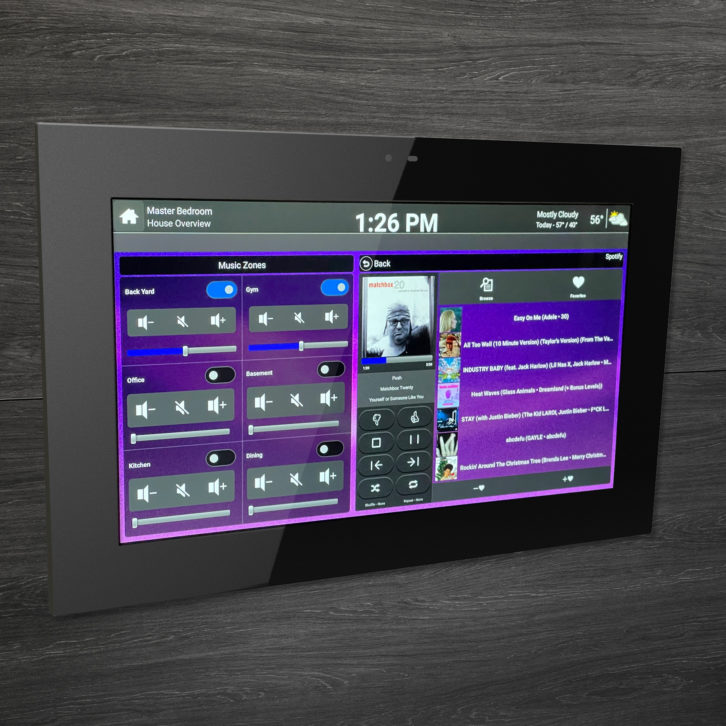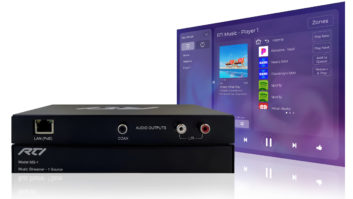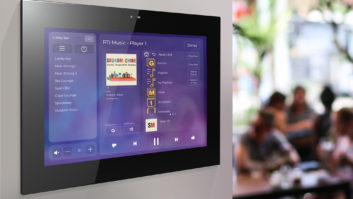In this new series, we speak with integrators who are using new technologies in the field and find out how it has worked for them and what the impact has been on their businesses. In this first “Working with…” blog, Phil Caminiti, owner of AVAS PRO, discusses his experience with RTI Music, which was introduced this past September.
RESI: Prior to the release of RTI Music, what was your solution for giving clients access to their preferred music streaming service throughout the home?
PHIL CAMINITI: We were using Sonos systems for both commercial and residential projects. The biggest issue we had with Sonos is they block certain features in their API, which means there isn’t complete integration with a home or facility’s control system. For our customers, that meant using two different apps. They would browse music in the Sonos app, creating favorites lists that would show up on the RTI control interface. Then they would use the RTI app to control playback. For the amount of money invested in in your average system, our customers really wanted a more streamlined experience using a single app.

How easy was it to integrate RTI Music into existing RTI control systems? Any advice for those who have yet to do it?
It’s incredibly straightforward, as RTI’s Integration Designer programming software does almost all the work. Just plug in the MS-3 Music Streamer and Integration Designer automatically detects it and handles configuration. Streaming services can easily be added from the RTI Music Utility app on a PC. And if a customer wants to add more streaming services, you can do that remotely at any time.
What kind of learning curve do clients face using RTI Music?
There really isn’t a learning curve. With RTI, there’s no limit on what you can do with the interface. We can completely customize icons, pages, and functions — anything the customer wants to match their preferences and make the system as intuitive as possible. Our process is to give our clients a week to play around with the initial interface we create, and then they can come back to us with a list of things they want to add or change to tailor it to their needs.
What has been the reaction of clients to the new service?
They love it. Usually, we only get service calls from clients. But with RTI Music, they’ve been calling to say how much they like and appreciate it. There aren’t many products where customers will call just to thank us and say how much they like the technology.
What would you like to see in future versions of RTI Music?
I would like to see support for Apple Music and Amazon Music added, as those are both popular services with our customers. For Apple Music, the MS-3 Music Streamer does support AirPlay, so, for now, they can use that to stream to their players. But it is an extra step and doesn’t make using Apple Music as streamlined as it could be. And it means relying on a mobile device instead of being able to use a keypad or handheld remote control to search your library, make favorites, etc.
For more information about RTI Music and the MS-3, visit www.rticontrol.com/rti-music.







